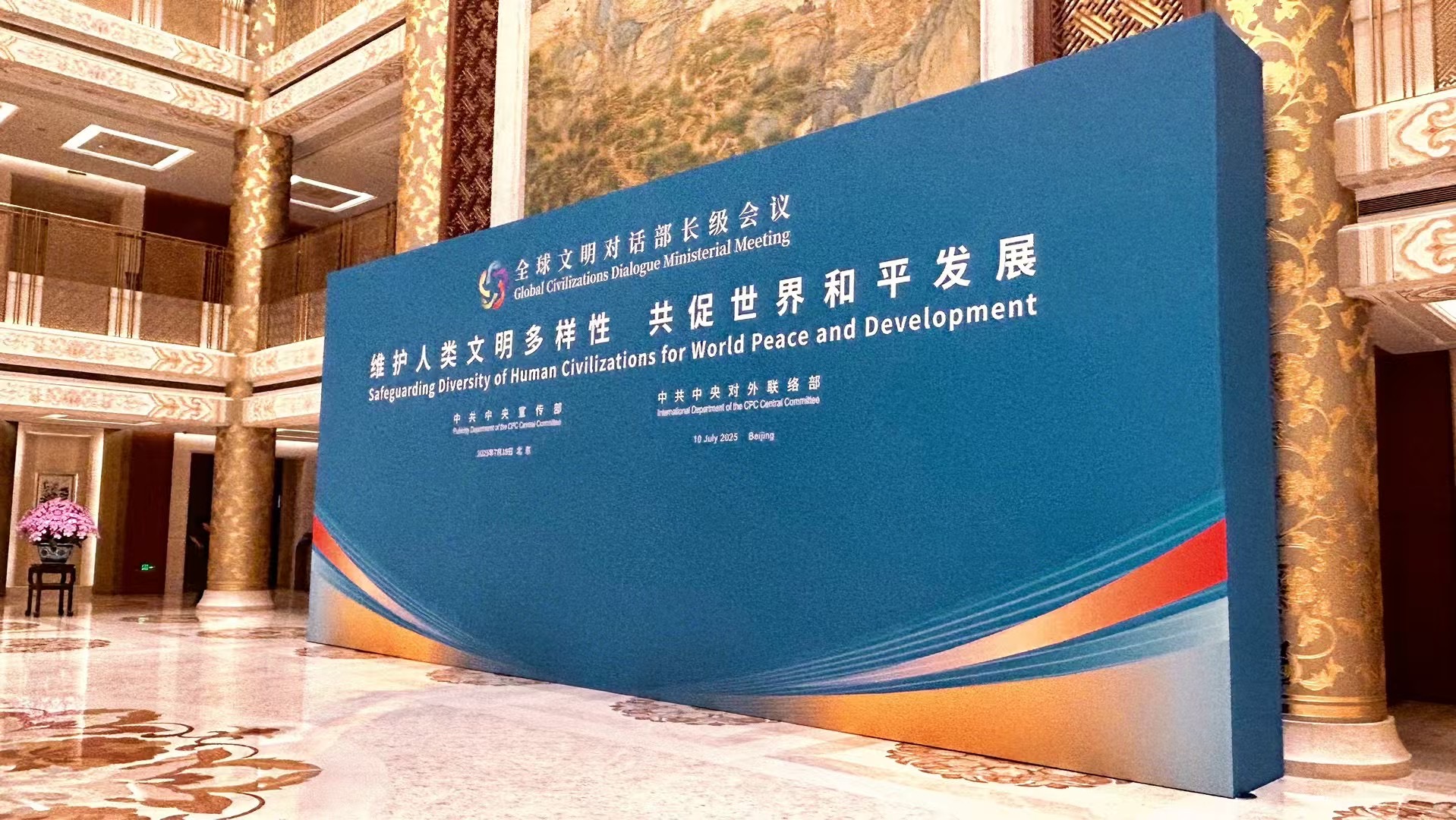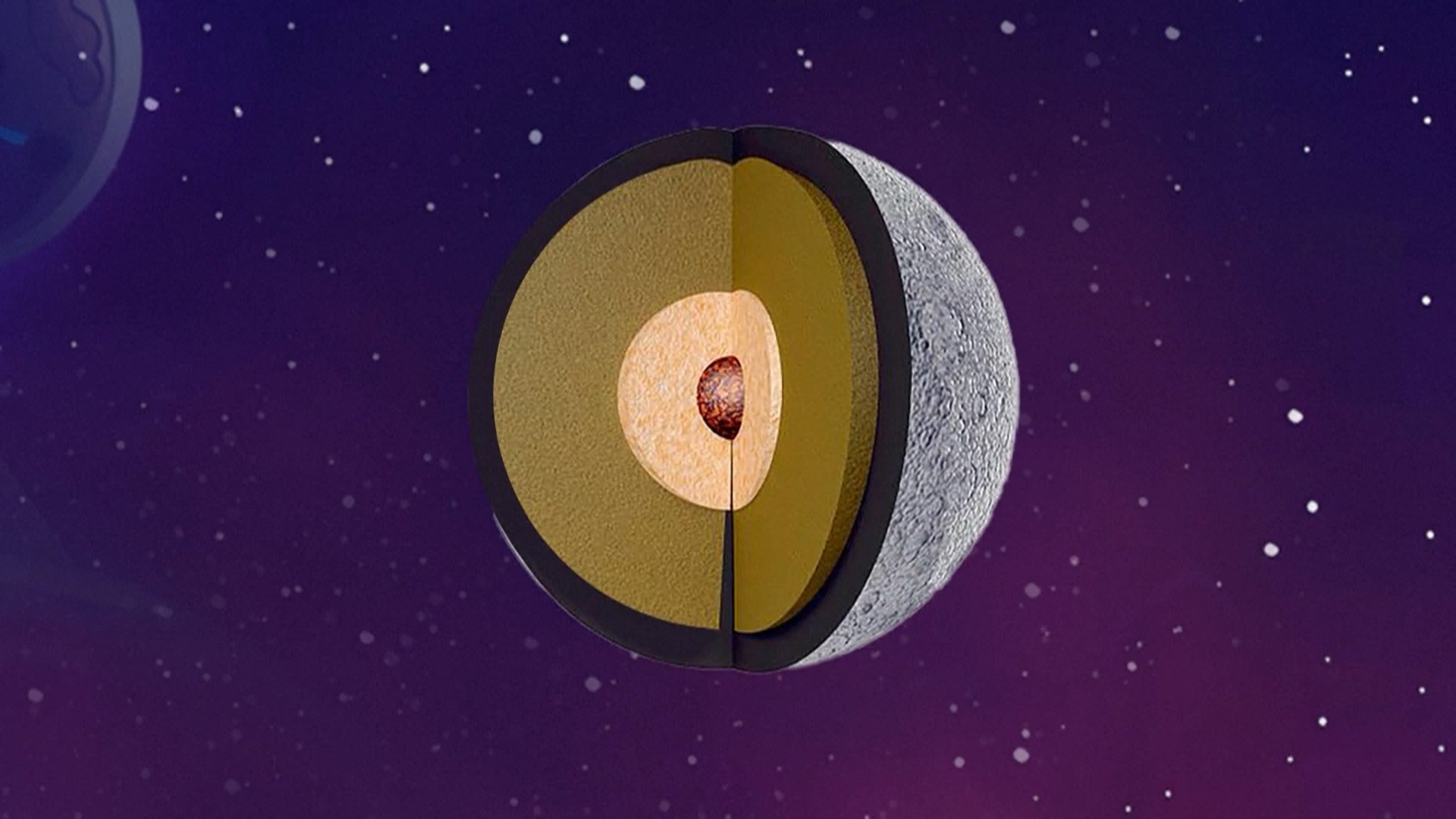By continuing to browse our site you agree to our use of cookies, revised Privacy Policy and Terms of Use. You can change your cookie settings through your browser.
I agree
Search Trends
CHOOSE YOUR LANGUAGE
- Albanian Shqip
- Arabic العربية
- Belarusian Беларуская
- Bengali বাংলা
- Bulgarian Български
- Cambodian ខ្មែរ
- Croatian Hrvatski
- Czech Český
- English English
- Esperanto Esperanto
- Filipino Filipino
- French Français
- German Deutsch
- Greek Ελληνικά
- Hausa Hausa
- Hebrew עברית
- Hungarian Magyar
- Hindi हिन्दी
- Indonesian Bahasa Indonesia
- Italian Italiano
- Japanese 日本語
- Korean 한국어
- Lao ລາວ
- Malay Bahasa Melayu
- Mongolian Монгол
- Myanmar မြန်မာဘာသာ
- Nepali नेपाली
- Persian فارسی
- Polish Polski
- Portuguese Português
- Pashto پښتو
- Romanian Română
- Russian Русский
- Serbian Српски
- Sinhalese සිංහල
- Spanish Español
- Swahili Kiswahili
- Tamil தமிழ்
- Thai ไทย
- Turkish Türkçe
- Ukrainian Українська
- Urdu اردو
- Vietnamese Tiếng Việt
Copyright © 2024 CGTN.
京ICP备20000184号
CHOOSE YOUR LANGUAGE
- Albanian Shqip
- Arabic العربية
- Belarusian Беларуская
- Bengali বাংলা
- Bulgarian Български
- Cambodian ខ្មែរ
- Croatian Hrvatski
- Czech Český
- English English
- Esperanto Esperanto
- Filipino Filipino
- French Français
- German Deutsch
- Greek Ελληνικά
- Hausa Hausa
- Hebrew עברית
- Hungarian Magyar
- Hindi हिन्दी
- Indonesian Bahasa Indonesia
- Italian Italiano
- Japanese 日本語
- Korean 한국어
- Lao ລາວ
- Malay Bahasa Melayu
- Mongolian Монгол
- Myanmar မြန်မာဘာသာ
- Nepali नेपाली
- Persian فارسی
- Polish Polski
- Portuguese Português
- Pashto پښتو
- Romanian Română
- Russian Русский
- Serbian Српски
- Sinhalese සිංහල
- Spanish Español
- Swahili Kiswahili
- Tamil தமிழ்
- Thai ไทย
- Turkish Türkçe
- Ukrainian Українська
- Urdu اردو
- Vietnamese Tiếng Việt
Copyright © 2024 CGTN.
京ICP备20000184号
互联网新闻信息许可证10120180008
Disinformation report hotline: 010-85061466





















A render of the Zhangheng 1-02 satellite orbiting around Earth. /CNSA
China launched an electromagnetic monitoring satellite on Saturday, which is expected to enhance the country's "space-air-ground" integrated monitoring capabilities for major natural disasters.
A Long March-2D carrier rocket lifted off from the Jiuquan Satellite Launch Center in northwest China at 3:56 p.m. Beijing Time, successfully sending the Zhangheng 1-02 satellite into its planned orbit, according to the China National Space Administration (CNSA).
Named after the ancient Chinese inventor Zhang Heng, who created the world's first seismoscope over 1,800 years ago, the satellite was jointly developed by China and Italy. It is the first operational satellite dedicated to exploring the Earth's physical fields under China's medium and long-term civil space infrastructure development plan, according to the CNSA.
With a designed lifespan of 6 years, the satellite is equipped with nine payloads, including an electric field detector co-developed by China and Italy, as well as a high-energy particle detector developed by Italy.
It will carry out quasi-real-time monitoring of global electromagnetic fields, electromagnetic waves, the ionosphere and the neutral atmosphere, according to CNSA.
"Scientists will use these data to study the correlation between changes in the Earth's physical fields and geological activities, and to support research on the prediction of earthquakes, tsunamis, volcanic eruptions, extreme weather, and space weather disasters," said Peng Wei, deputy director of the system engineering department of the CNSA.
The Zhangheng 1-01 satellite, launched in 2018, remains in normal operation. Working in tandem, the two satellites will conduct collaborative observations, according to Peng.
Francesco Longo, deputy director of engineering and technology of the Italian Space Agency, called the mission an important milestone. "We have a lot of expectations on the results that we acquire from this important Chinese-Italian mission."
He noted that, like China, Italy is a beautiful yet fragile country, prone to volcanoes, earthquakes and other events that can affect people's lives. This mission, he said, will contribute to protecting and improving lives impacted by natural disasters.
Longo also noted that adding this new satellite to the first, and eventually building a constellation, will double observation time, significantly boosting scientific prospects.
The Italian team named the project Limadou, the pinyin transliteration of the Chinese name for the 16th-century Italian priest Matteo Ricci, in honor of his pivotal contributions to cultural exchanges between the East and the West.
Both Marco Polo and Matteo Ricci served as bridges between Italian and Chinese cultures, and space, too, has the potential to unite all countries, Longo said.
Saturday's launch marked the 581st mission of China's Long March rocket series.